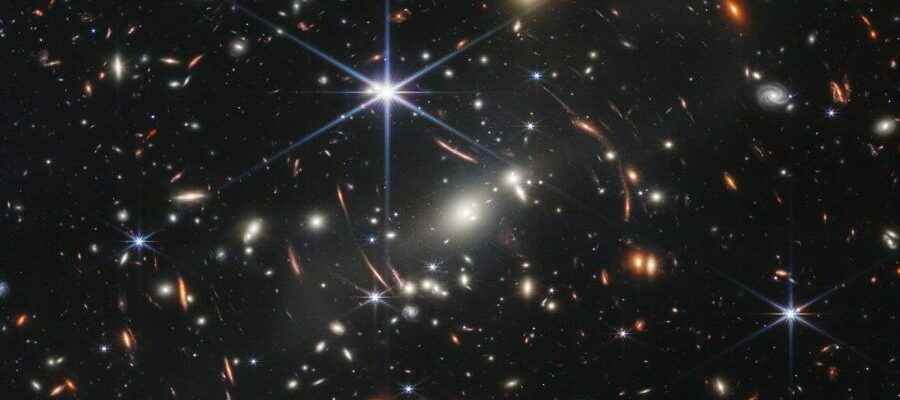The James Webb telescope, which cost 10 billion dollars and is expected to shed light on the creation of the universe, has begun to send its first photos.
The James Webb telescope, which is a project worth more than 10 billion dollars and will replace the Hubble telescope, was launched into space last December and started its long journey. The first image taken by the telescope was finally published. NASA is preparing to publish other images and information about the telescope with a live broadcast, but even this first image sent has been an indication that very exciting results will be obtained in terms of the scientific world.
The James Webb Telescope has sent its first image
When we look at the first image taken, we can clearly see thousands of galaxy clusters. The galaxy cluster SMACS 0723, located 4.6 billion light-years away, is visible in the image taken. NASA says this image is the deepest and sharpest infrared image of the distant universe so far.
“SMACS 0723 is brimming with detail. Thousands of galaxies, including the faintest objects ever observed in the infrared, appeared for the first time in Webb’s view. The image shows the SMACS 0723 galaxy cluster as it appeared 4.6 billion years ago,” Nasa said in a statement. The combined mass of this galaxy cluster acts like a gravitational lens, magnifying the much more distant galaxies behind it. Webb’s NIRCam brought these distant galaxies into sharp focus – they are tiny never before seen, including star clusters and diffuse features. “As Webb searches for the oldest galaxies in the universe, researchers will soon begin to learn more about their masses, ages, histories and compositions.” statements are included.
Captured by Webb’s Near Infrared Camera (NIRCam), the deep field is a composite of images of different wavelengths, put together in a total of 12.5 hours – while these results took weeks with the Hubble Space Telescope, and with Webb, the deepest areas of space, according to NASA. It shows that depths beyond infrared wavelengths can be reached.
